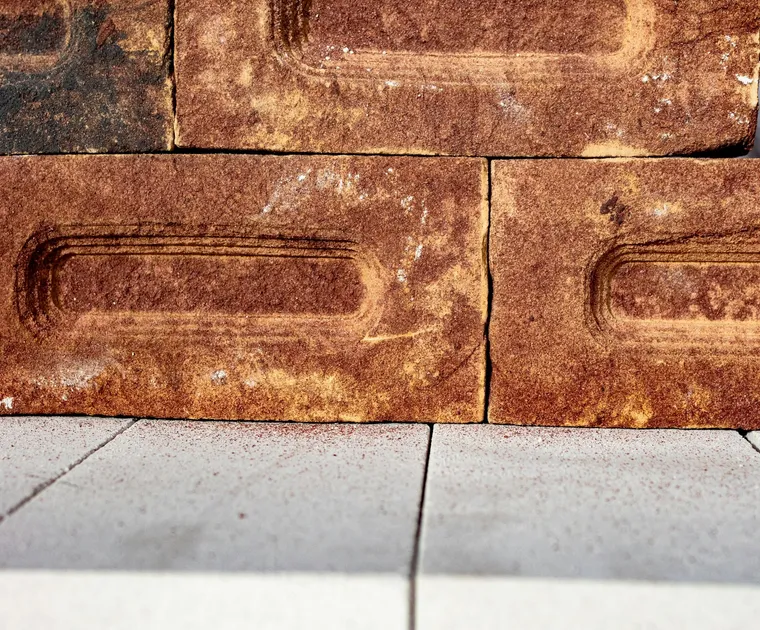Understanding Foundation Health
The Role of a Foundation:
- Load Bearing: Supports the load of the entire building.
- Even Load Distribution: Spreads the weight of the structure evenly across the surface.
- Anchor in Stability: Keeps the structure stable against lateral forces like wind and seismic activity.
- Prevention of Ground Contact: Protects the building materials from moisture and termites.
Signs of Foundation Problems:
- Cracks in walls, ceilings, or the foundation itself.
- Doors and windows that stick or don't open/close properly.
- Sloping or uneven floors.
- Gaps around door frames and windows.
- Water seepage or moisture in basements.
Consequences of Ignoring Foundation Issues
Failure to attend to foundation problems can lead to severe repercussions, including:
- Structural Damage: Problems can escalate, leading to major structural damage that could compromise the safety of your home.
- Decreased Property Value: Houses with foundation issues are harder to sell and typically go for a lower price.
- Utility Bill Increases: Foundation issues can lead to gaps that allow air to pass through, increasing heating and cooling costs.
- Pest Infestations: Cracks and gaps provide entry points for insects and rodents.
- Health Hazards: Moisture from foundation weaknesses can lead to mold growth, which poses health risks.
The Process of a Foundation Inspection
- Visual Inspection:
- Thorough examination of interior and exterior for visible damage.
- Checking for hairline fractures in walls and ceilings.
- Slope and Drainage Inspection:
- Ensuring the ground slopes away from the structure.
- Inspecting gutters and downspouts.
- Foundation Material Assessment:
- Assessing the condition of materials like concrete, wood, or stone.
- Looking for signs of material wear or degradation.
- Structural Element Inspection:
- Examining support beams and load-bearing walls.
- Ensuring structural elements are properly aligned and intact.
- Moisture Inspection:
- Using moisture meters and infrared cameras to detect hidden moisture.
- Identifying areas of potential water intrusion or damage.
Preventative Measures and Repairs
Once a potential issue is identified, several actions can be taken:
- Crack Repair: Filling and sealing cracks to prevent further expansion.
- Foundation Underpinning: Adding supports to stabilize a weakened foundation.
- Waterproofing: Applying sealants or installing drainage systems to prevent moisture intrusion.
- Leveling: Mudjacking or slabjacking to level uneven surfaces.
- Root Barrier Installation: Placing barriers to protect your foundation from invasive tree roots.
Scheduling Regular Inspections
Recommended Frequency:
It’s advisable to conduct a foundation check yearly, especially in areas prone to heavy rainfall, seismic activity, or expansive soils.
Professional Inspections:
- Hire certified professionals with experience in foundation assessment and repair.
- Utilize the latest technology for accurate and effective diagnostics.
Related Topics
How Soil Conditions Affect Foundation Stability
- Expansive Soils: Certain soils like clay expand and contract with moisture levels causing stress on the foundation.
- Soil Compaction: Proper soil compaction technique is crucial for foundation stability.
The Role of Landscaping in Foundation Health
- Proper Grading: Ensure the yard slopes away from the foundation to redirect water flow.
- Root Management: Plant trees and large shrubs at a safe distance to avoid root intrusion.
By diligently maintaining a schedule of yearly foundation inspections and being proactive about addressing issues, you can protect your home from the potential disasters caused by foundational neglect. A little vigilance today will keep your sanctuary safe and sound for years to come.

